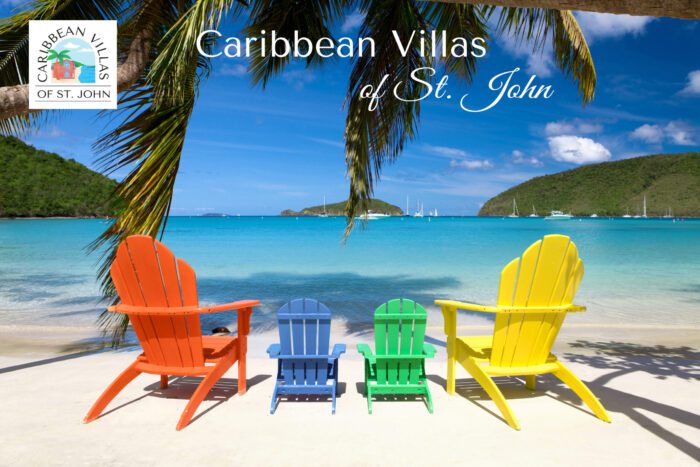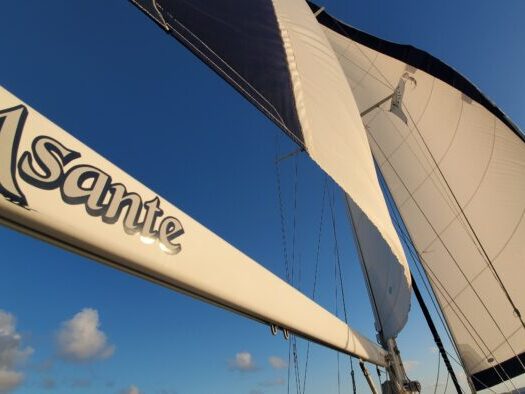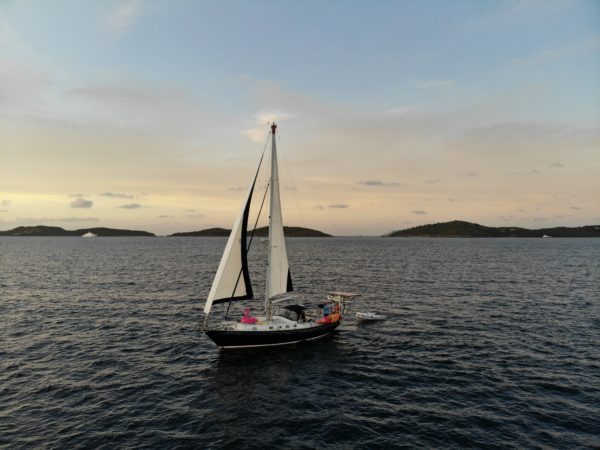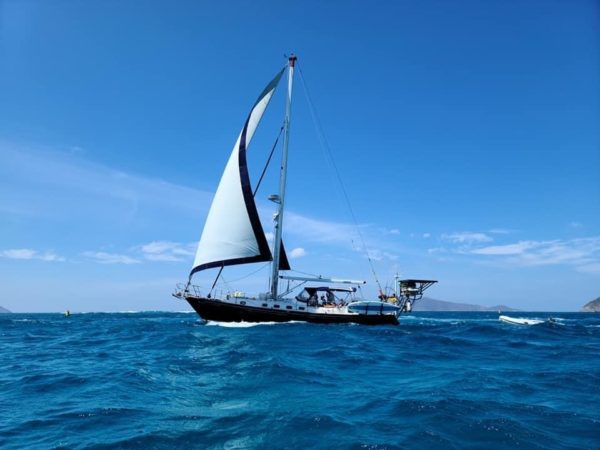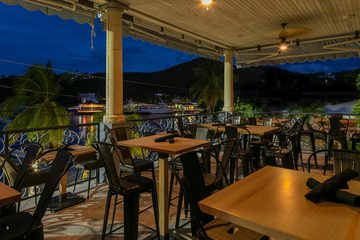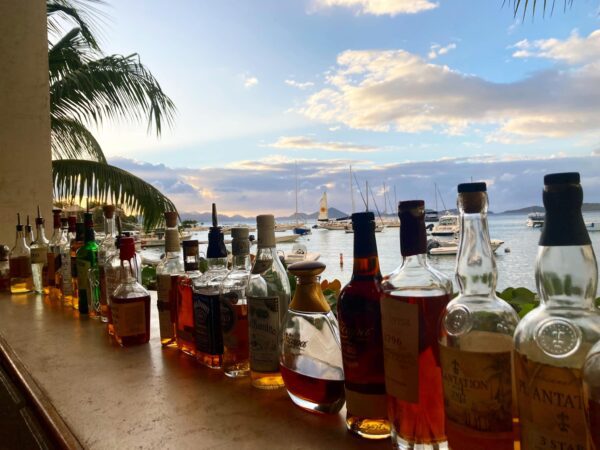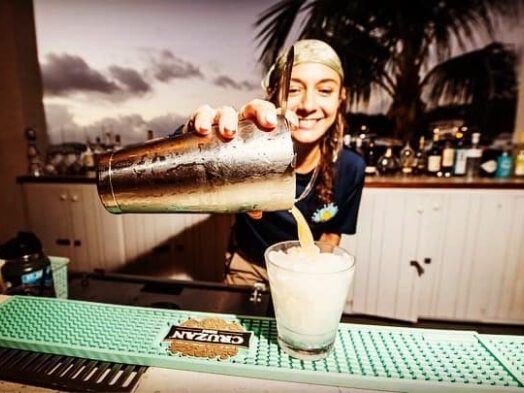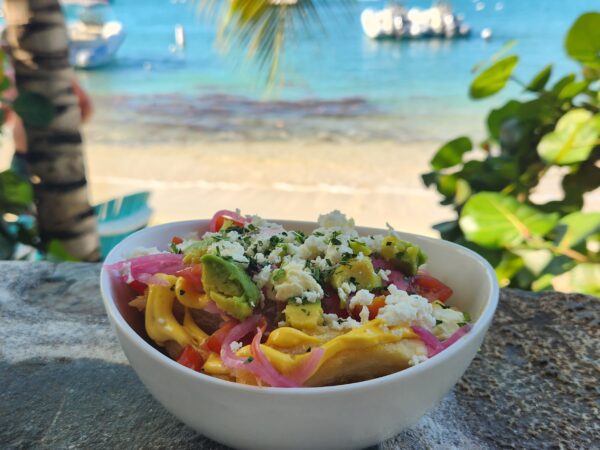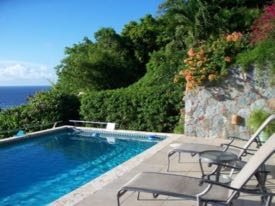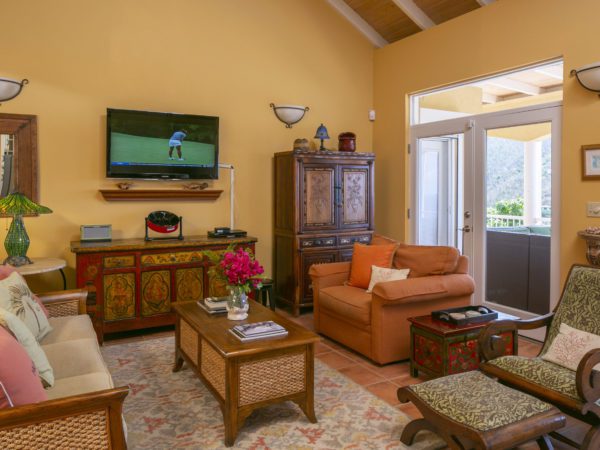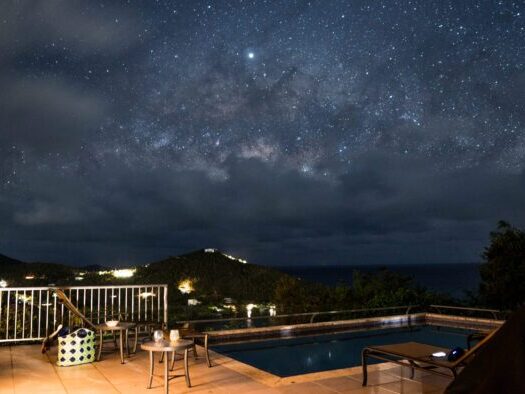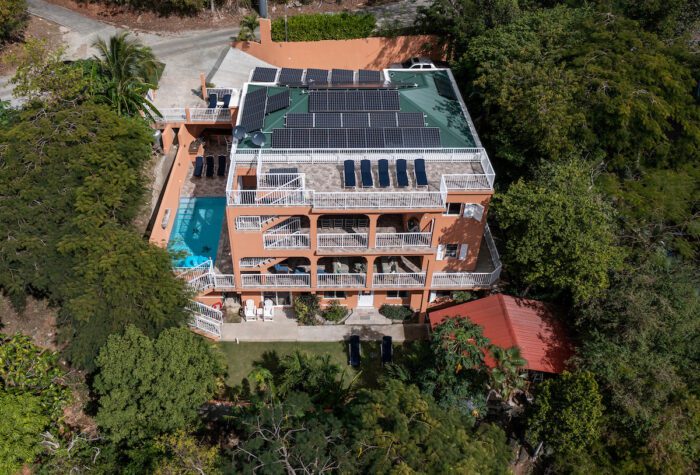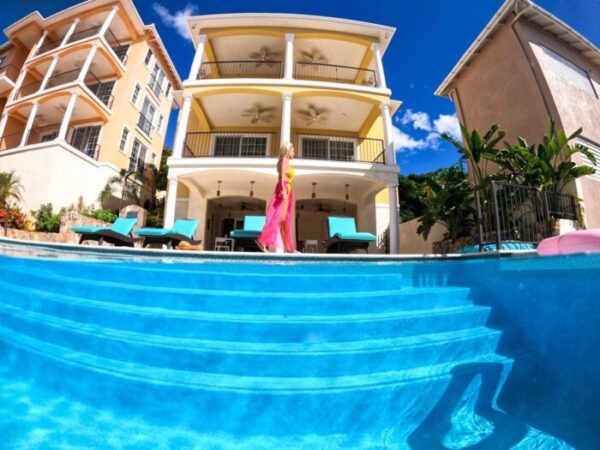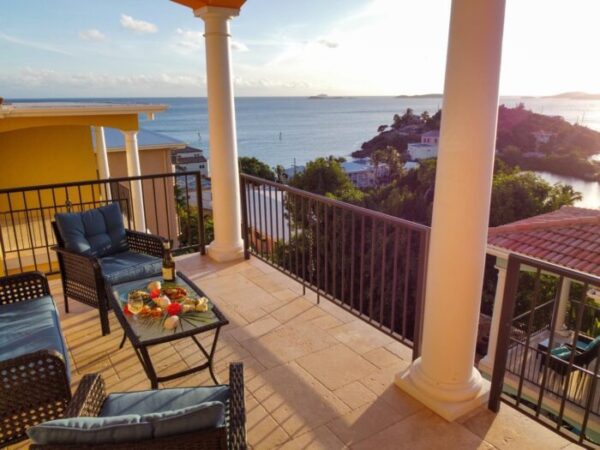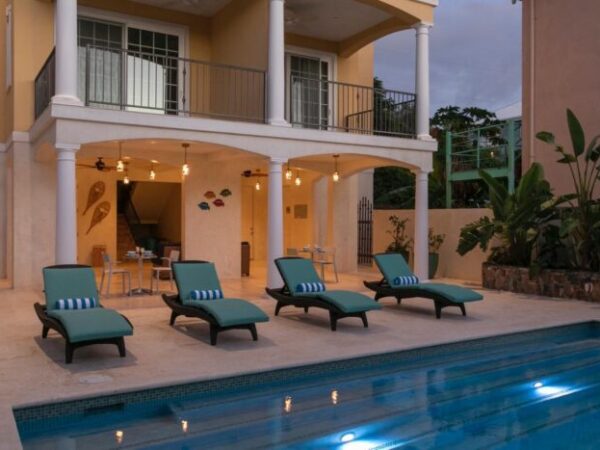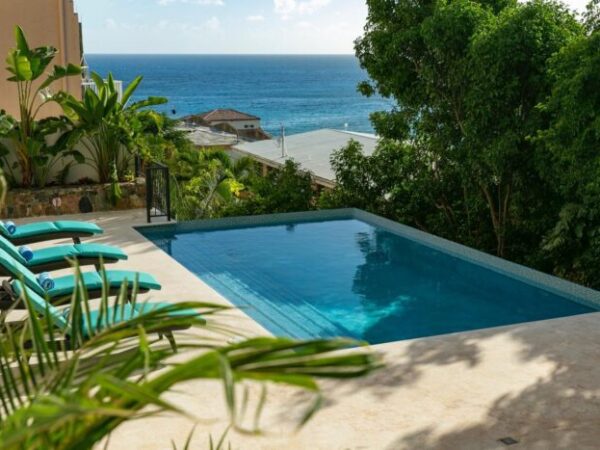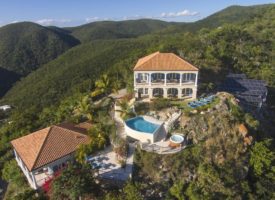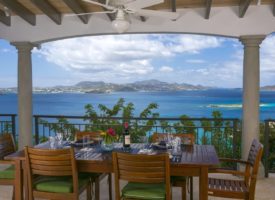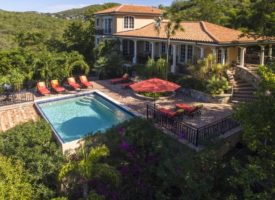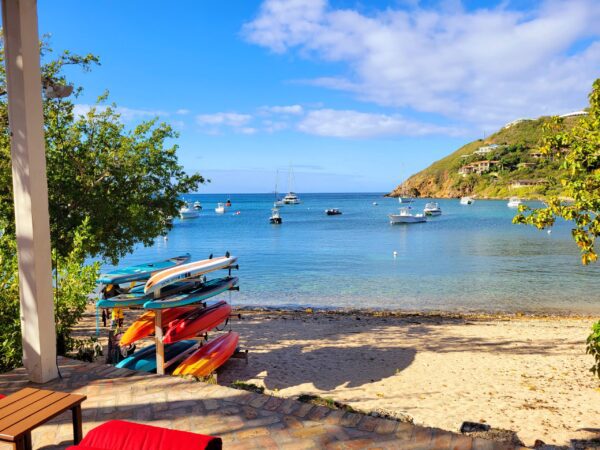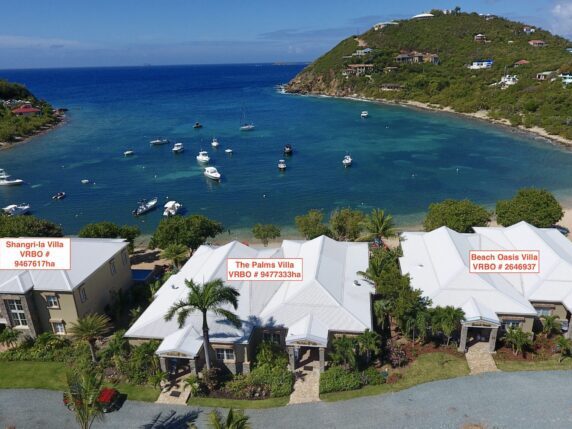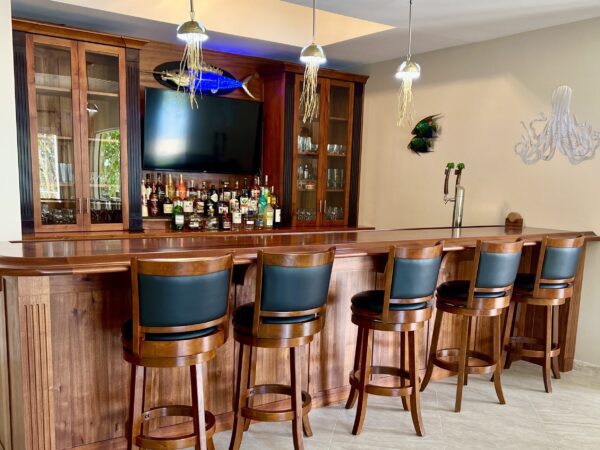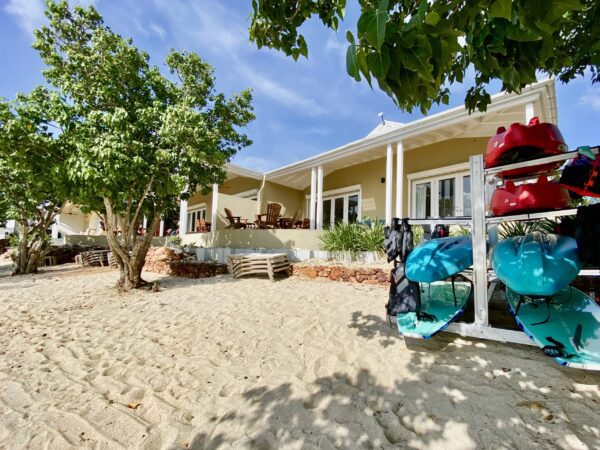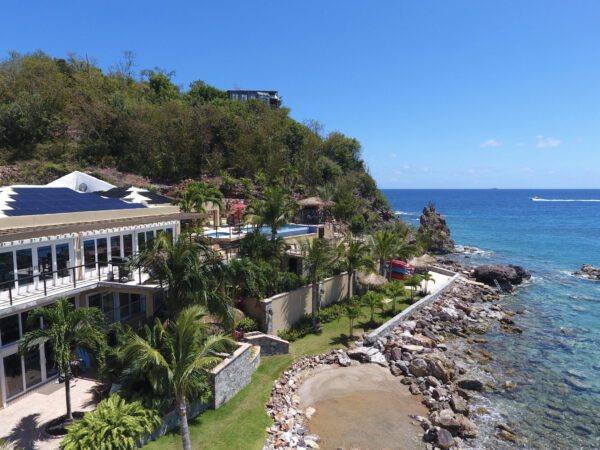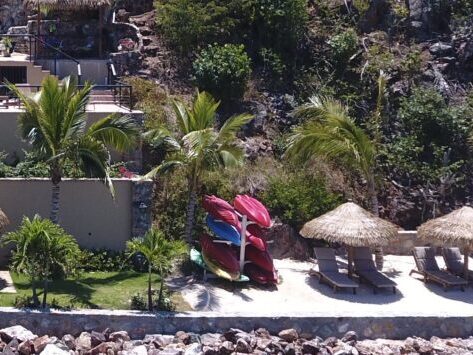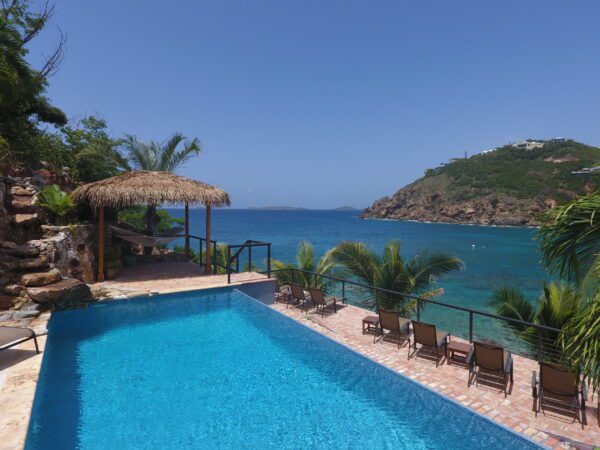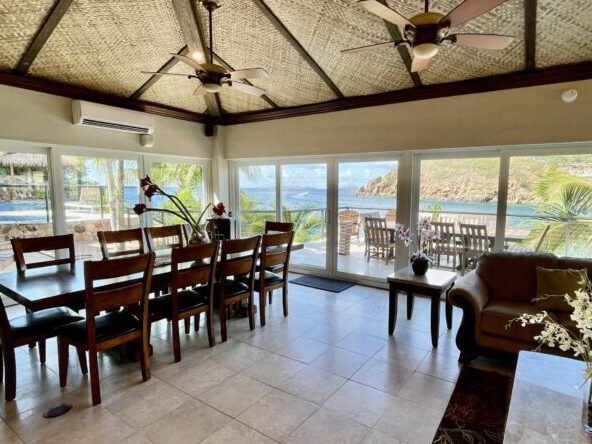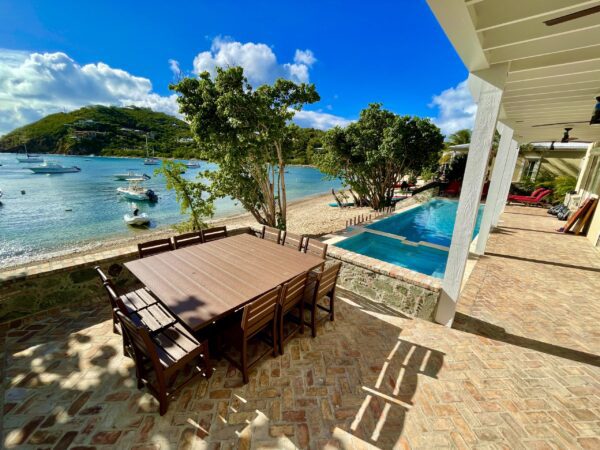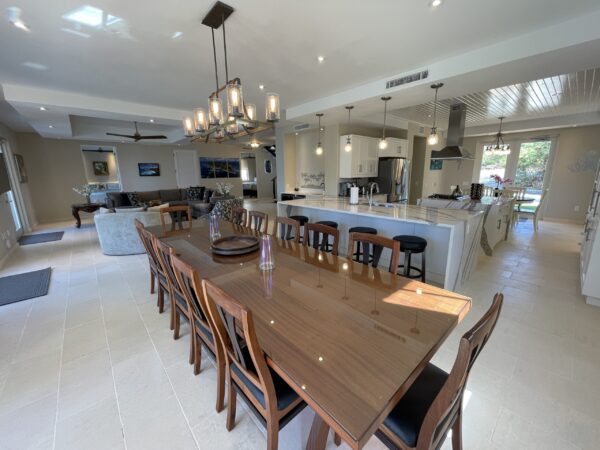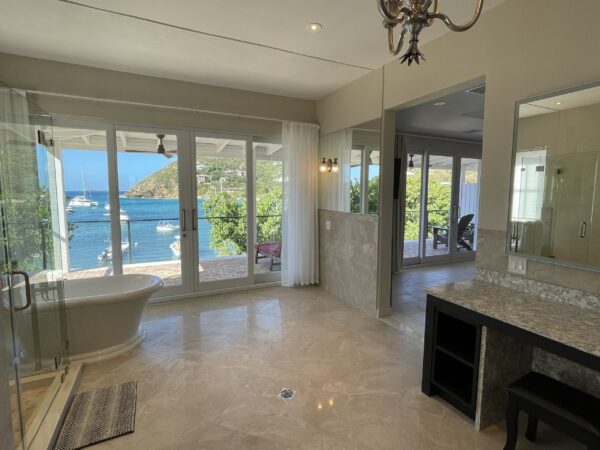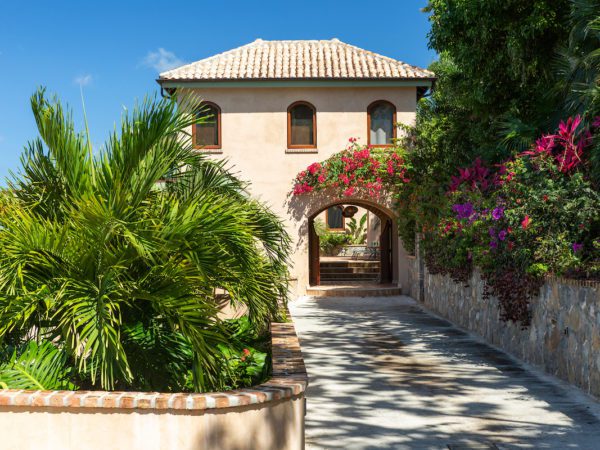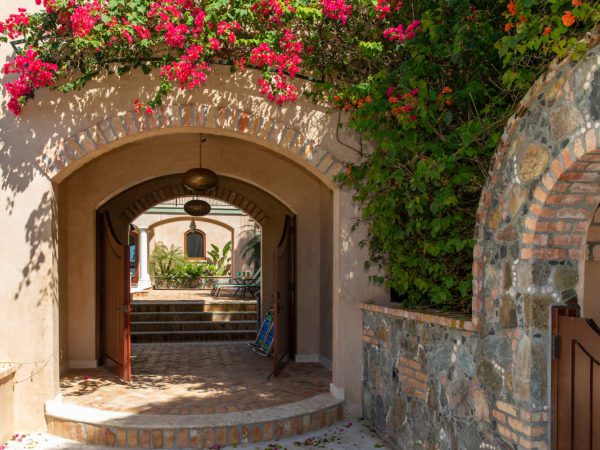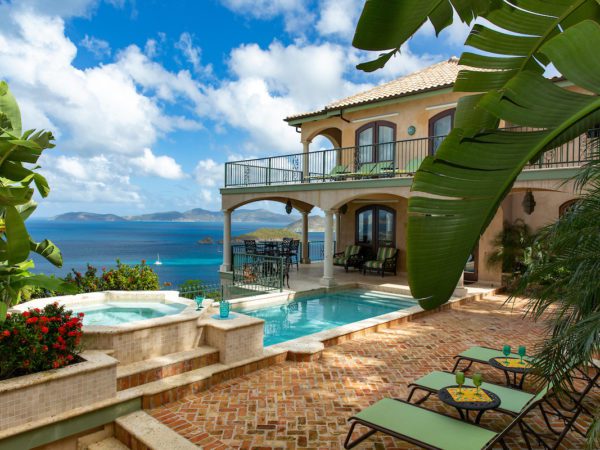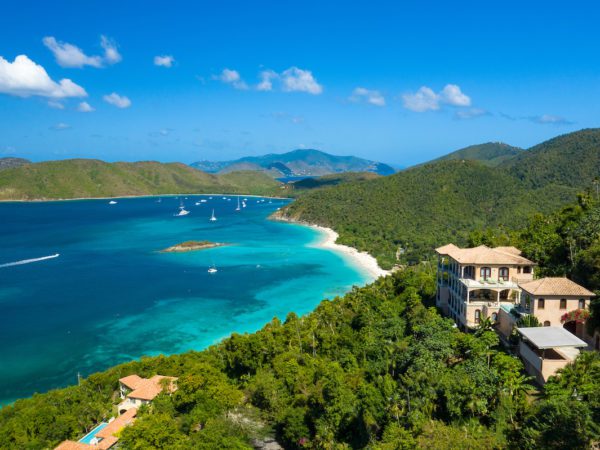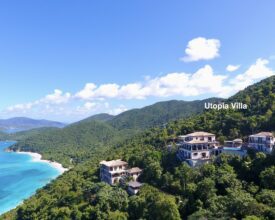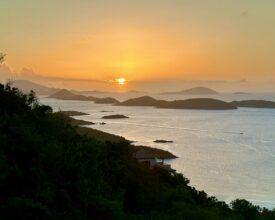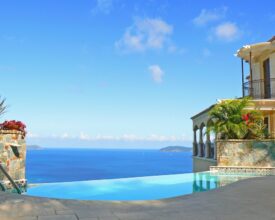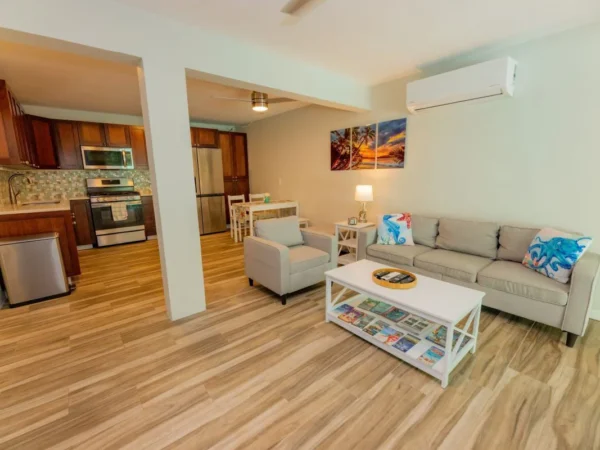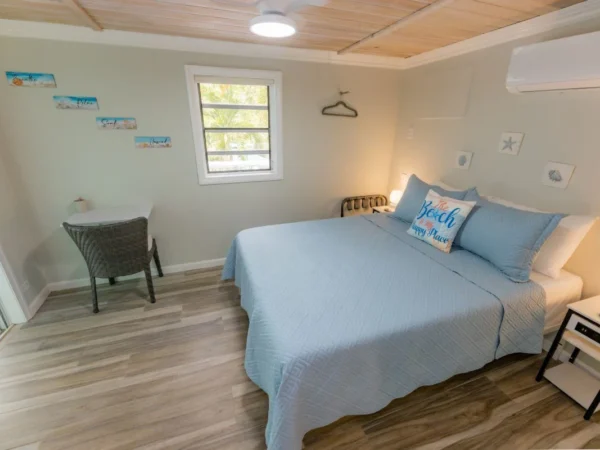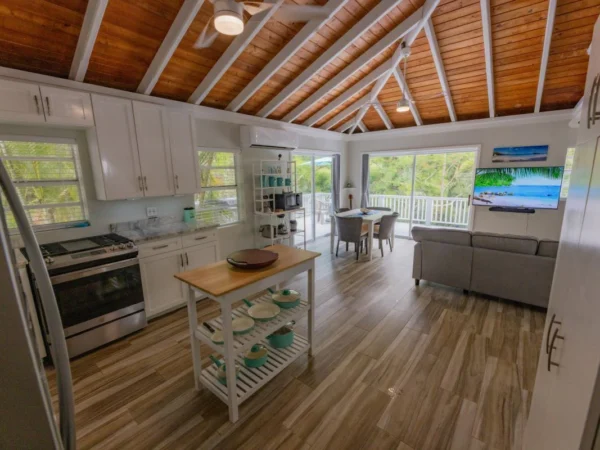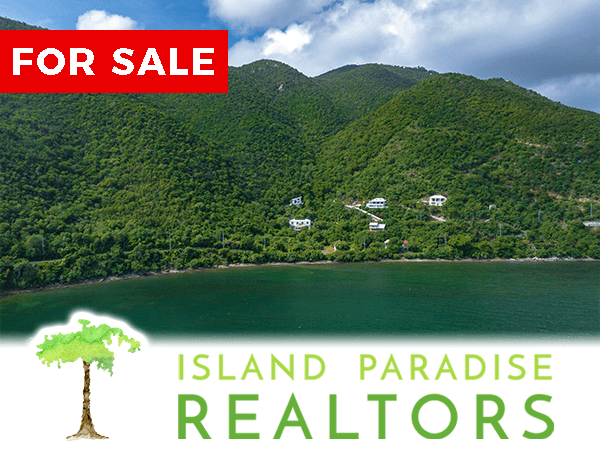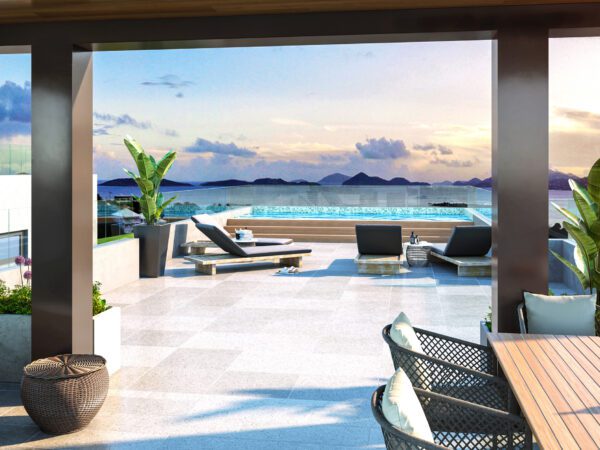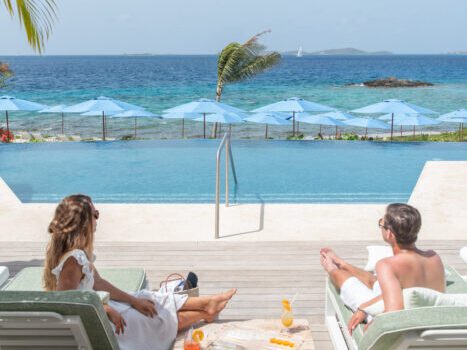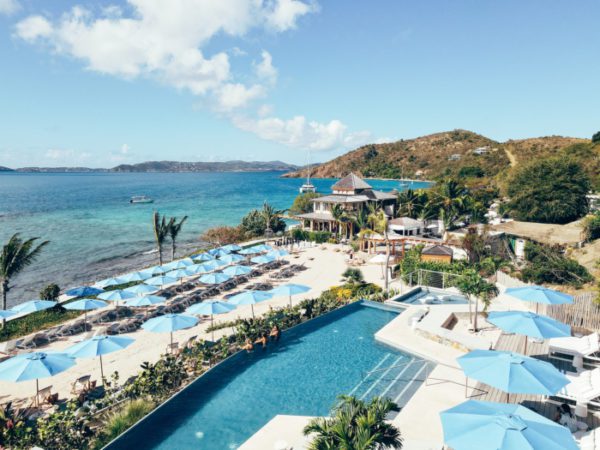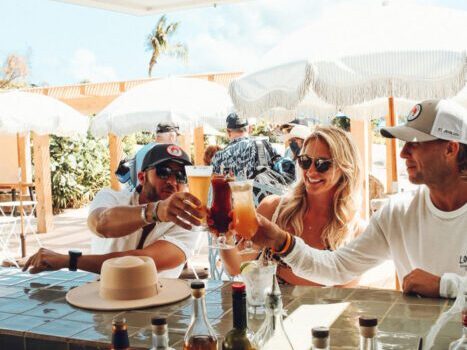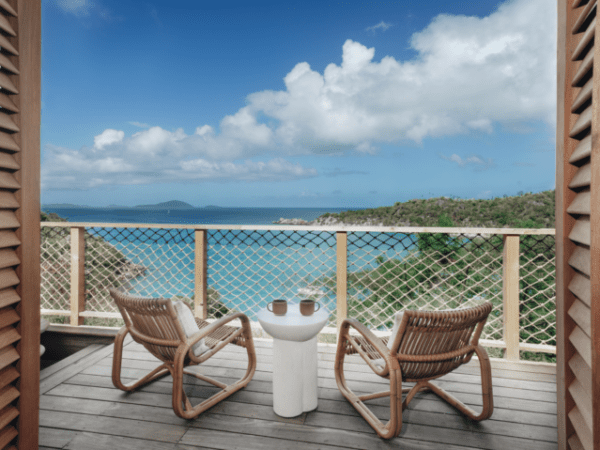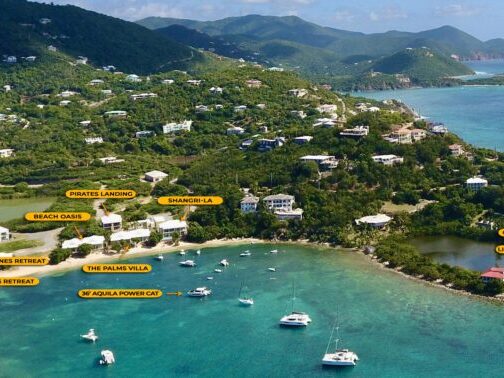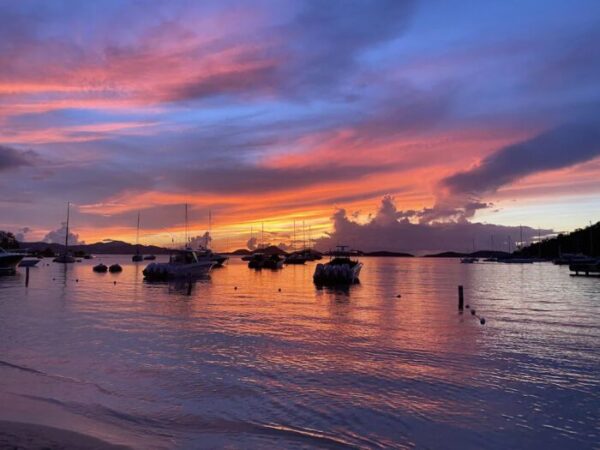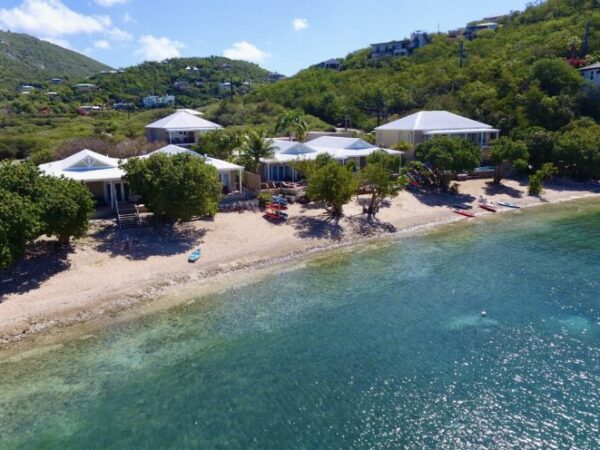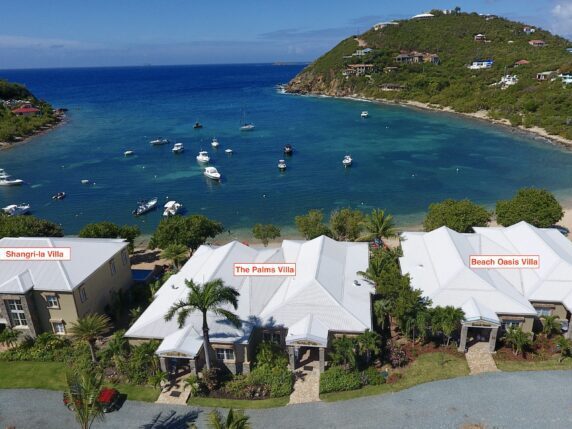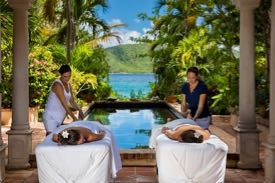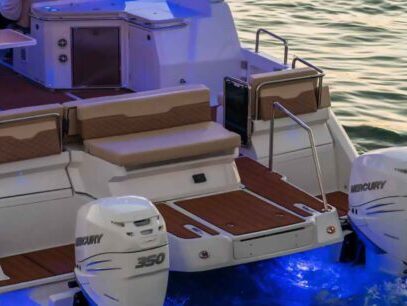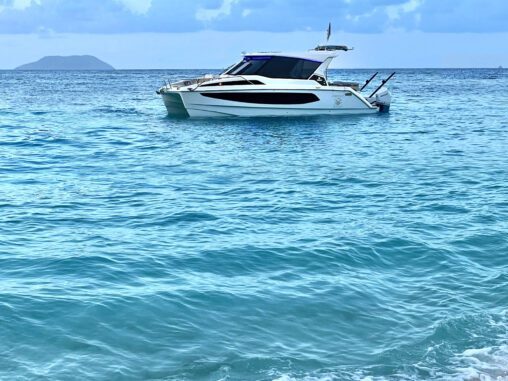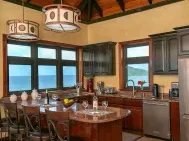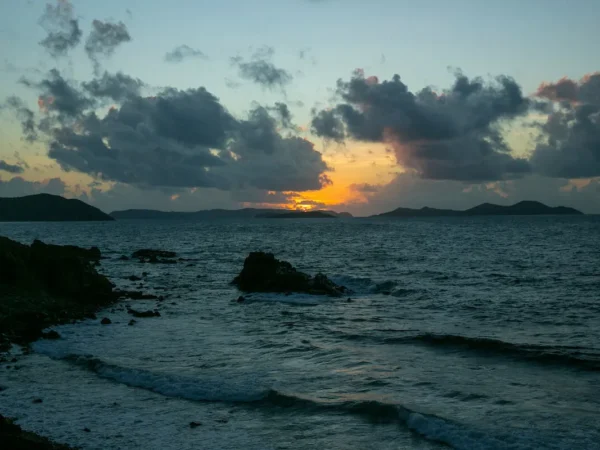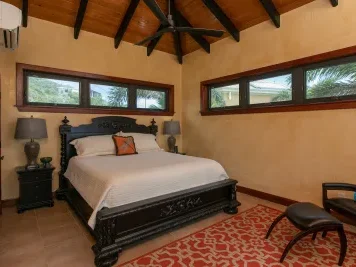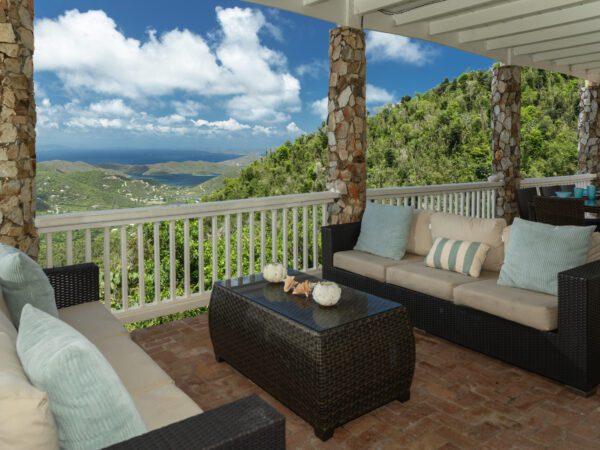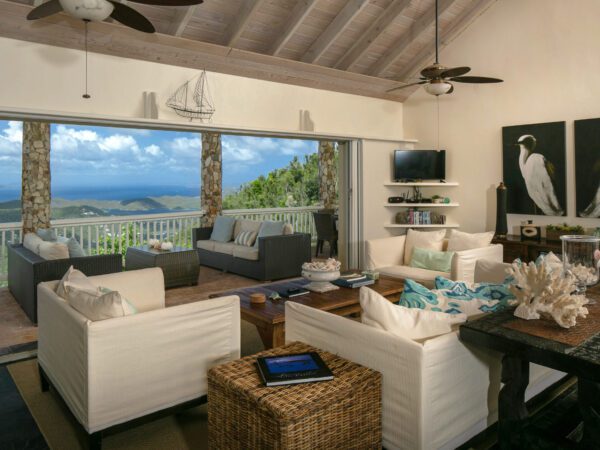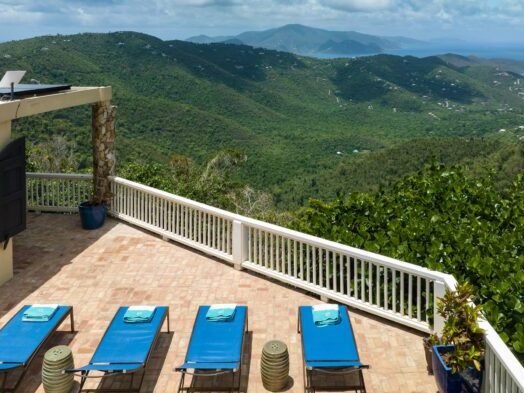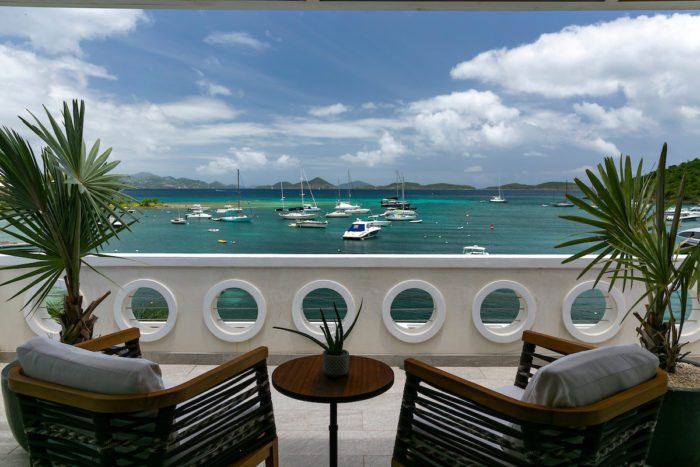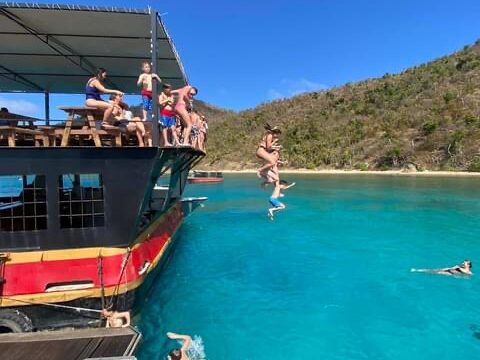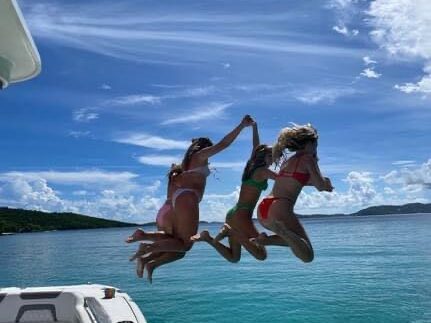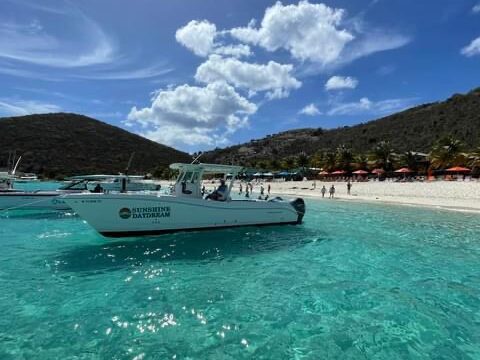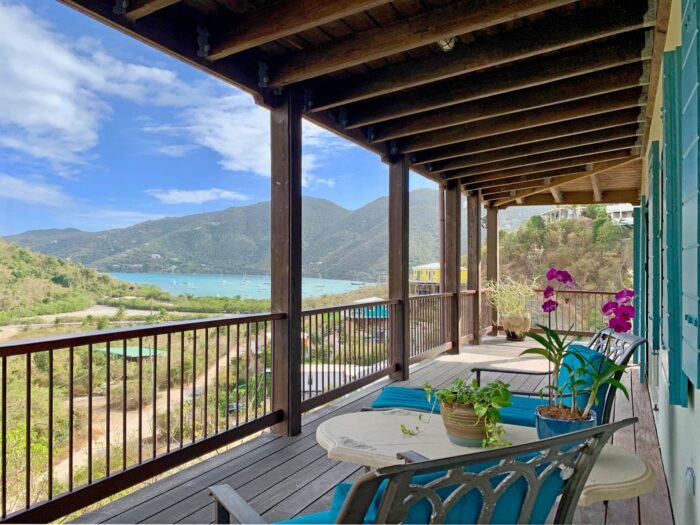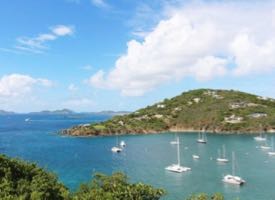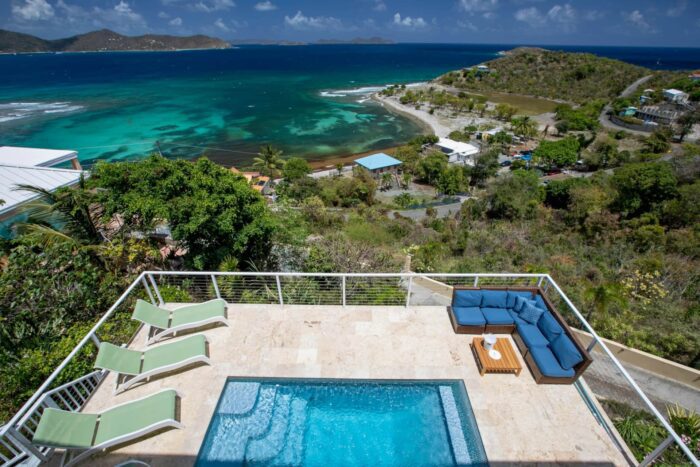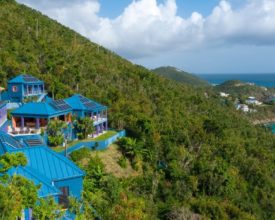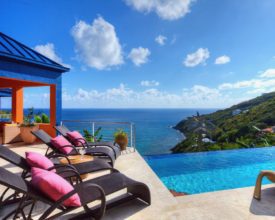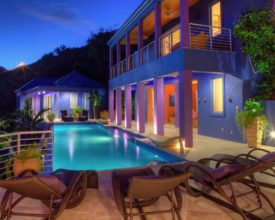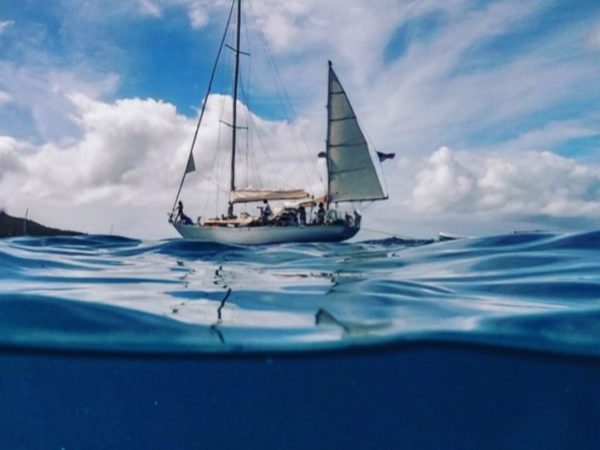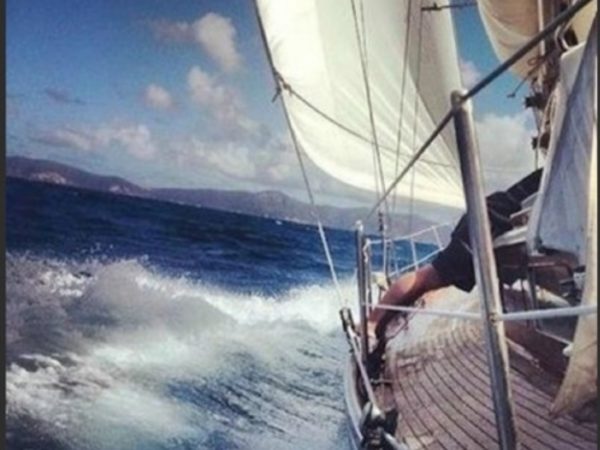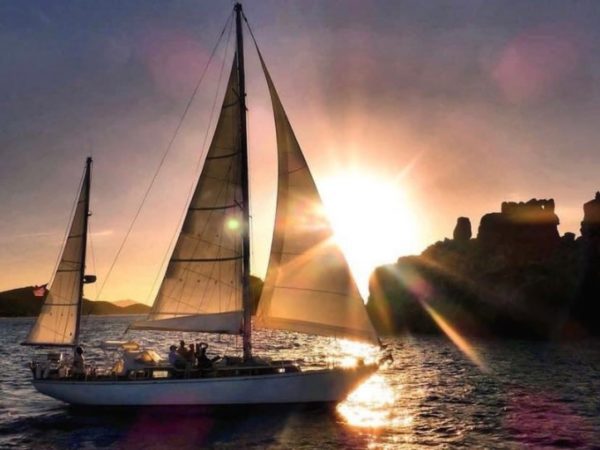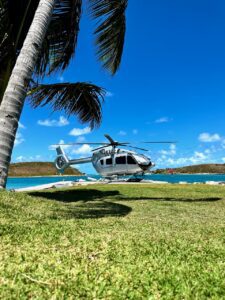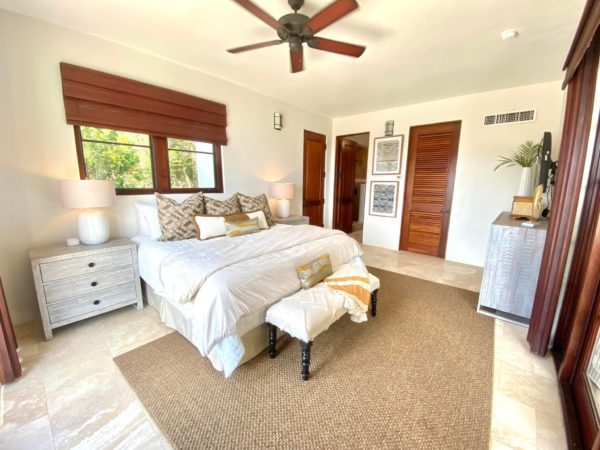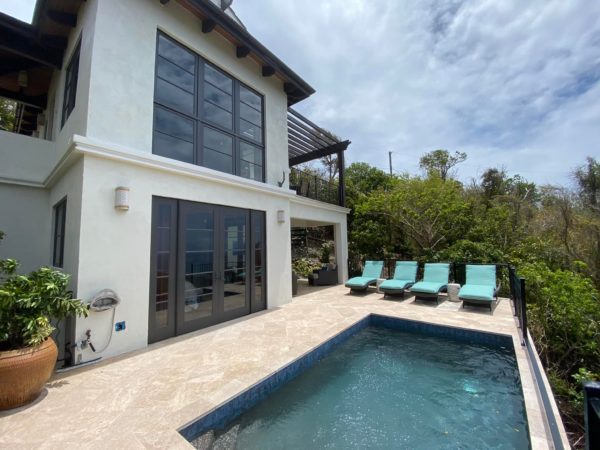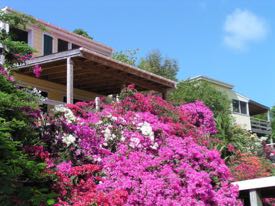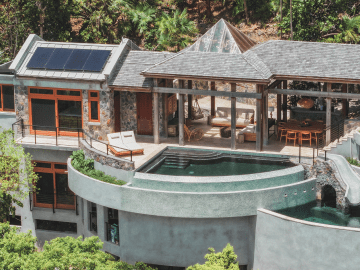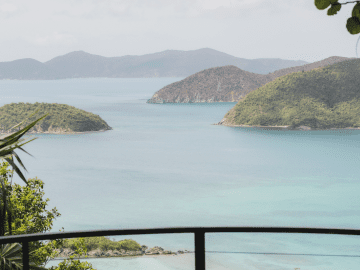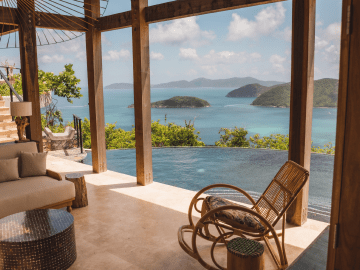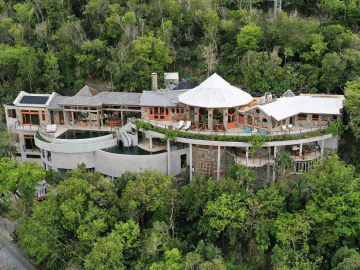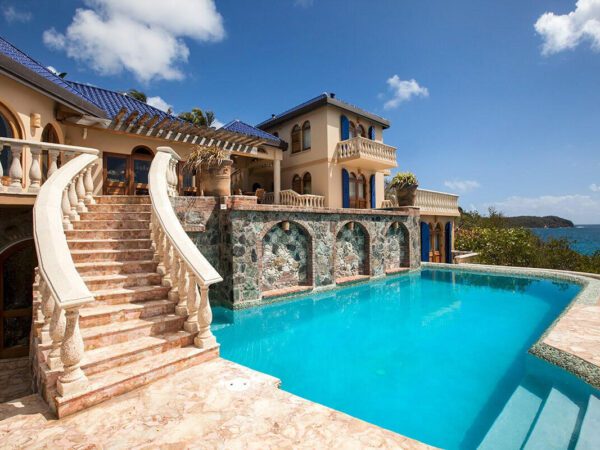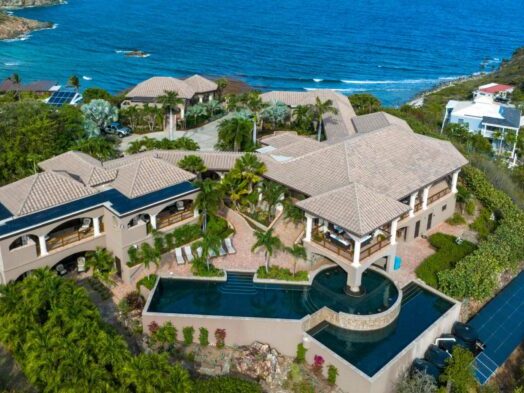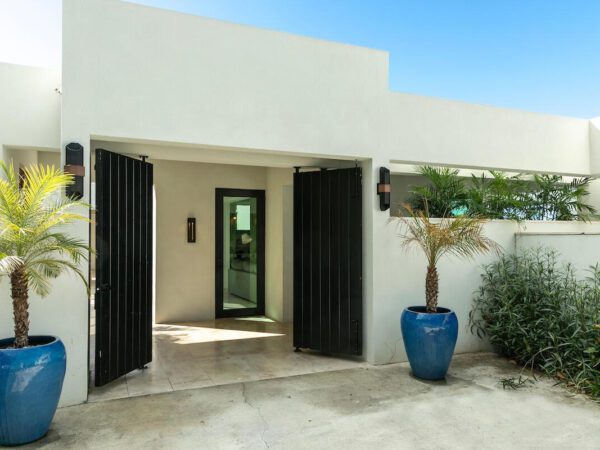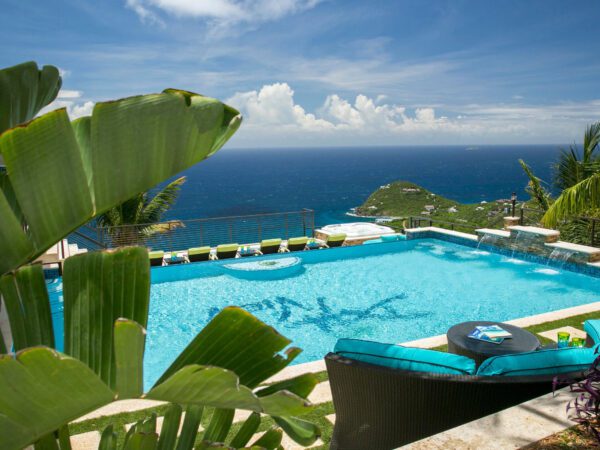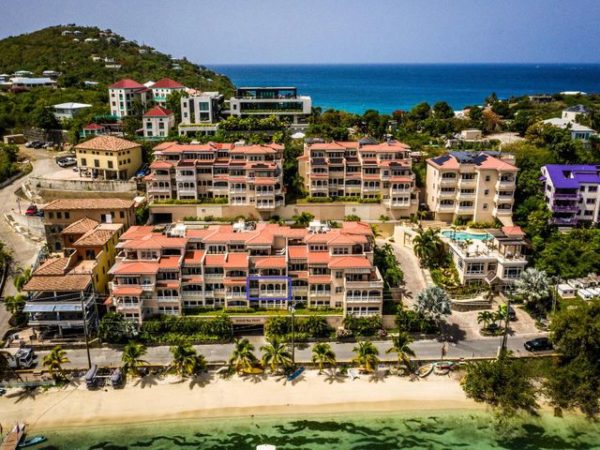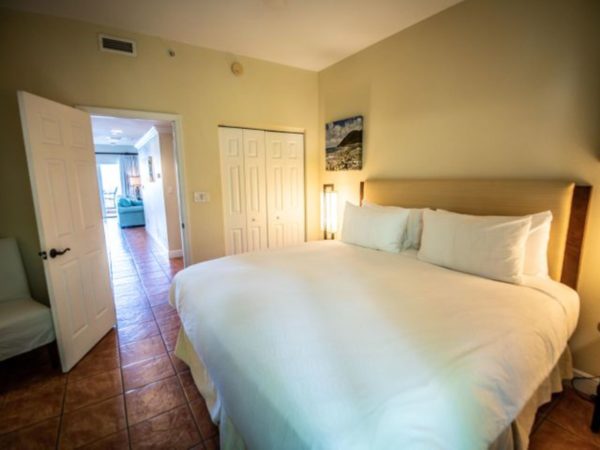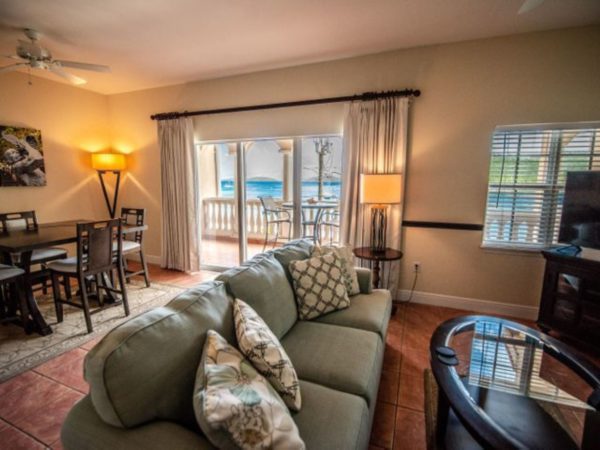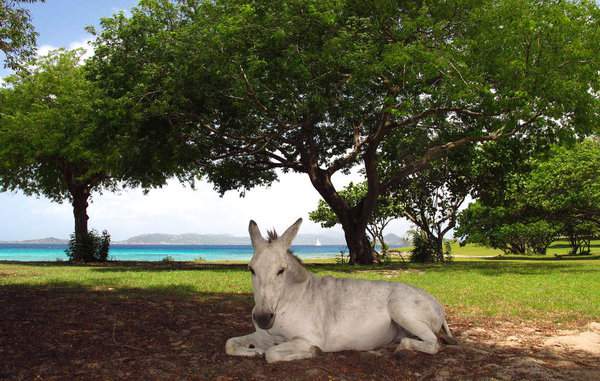
This article just appeared in The Philadelphia Inquirer. We liked it so much, we thought we would share it with all of you. We’re sure you’ll enjoy reading it just as much as we did.
St. John, the Virgin Island’ Wild Child
By Amy Laughinghouse, For The Philadelphia Inquirer
ST. JOHN, U.S. Virgin Islands – I’m lying face down in a spa cabana at Caneel Bay resort, gazing absently into a bowl of fragrant blossoms. The door is open just enough to admit the serenade of the surf and the softly filtered sunlight of the sultry Caribbean morning.
Cheryl, a masseuse with startling blue eyes accentuated by a deep tan, is gently working out the knots I’ve accumulated through work and travel. In less than an hour, she transforms me from a bag of aching bones to a blissed-out beach bunny ready to relax and take on – well, as little as possible during my 10-day stay on St. John.
This is arguably the wildest and most pristine of the U.S. Virgin Islands, and that legacy of feral beauty began right here, at Caneel Bay, where philanthropist and conservationist Laurance Rockefeller originally built a house as a private retreat. He grew so fond of St. John’s tangled jungle of hills and white crescent beaches that he bought up huge swaths of land, which later formed the basis of the Virgin Islands National Park.
At the resort itself, which features just 166 rooms on 170 acres, you’re more likely to encounter herds of deer and donkeys than another human. Throw in a few mongooses and leaf-munching iguanas, and it’s practically a free-range zoo.
While it’s tempting to simply remain at Caneel Bay and play castaway, this is an island that’s made for exploration, as I’ve discovered over more than a half-dozen visits these last 12 years.
Cruz Bay, the main port, hardly qualifies as the big city, with free-range hens shepherding their chicks along a zigzag maze of roads. But it offers enough shops and bars and restaurants to put a dent in your wallet and add an inch to your waistline.
Pick a perch at the Beach Bar, where you can gaze out over the sailboats that fill the harbor while sipping a Painkiller – a potent combination of rum, fruit juice, and nutmeg that will certainly leave you feeling no pain, until the inevitable hangover the next morning. Woody’s is another well-known watering hole, with a couple of plastic tables on the sidewalk (to call it a “terrace” would be overstating it) that provide front-row seats for first-rate tourist-watching. For a splurge, head to the hilltop Asolare and try an aptly named Honey Badger martini, which packs a bite worthy of its name.
Of course, St. John’s best attraction is its 30-plus beaches. These range from the “Mermaid’s Chair,” a beach barely big enough for two that my friends and I visit on a catamaran trip one afternoon, to the sugary expanse of Cinnamon Bay. The quirkiest is Drunk Bay, a remote rocky beach where visitors – perhaps fueled by fruity umbrella drinks, lending the place its name – create whimsical sculptures of mermaids, pirates, and cowboys from coral and coconuts.
As stunning as St. John’s coastline is above water, more surreal scenery lurks beneath the waves. Trunk Bay – which CNN.com recently ranked No. 48 on its list of the world’s 100 best beaches – features an underwater snorkel trail, where I spot eels, reef squid, and a stingray hovering like a spacecraft above the sandy bottom.
At Waterlemon Cay, while swimming in a spectral cloud of shiny silversides, I notice a 4-foot-long, missile-shaped fish just yards away. From my panicked reaction, anyone would have assumed I was an ill-fated extra from Jaws.
Fortunately, my friends, both experienced divers, assure me it’s only a harmless tarpon. (Well, harmless to humans, at least. The silversides it swallowed would probably beg to differ.)
Undeterred by echoes of “You’re gonna need a bigger boat,” we sign up for a kayak tour (very small boats indeed) with Hidden Reef Eco-Tours. Our guide, Jennifer Russ, not only knows some of the best snorkeling spots around the island, but she’s also a bit of an expert on St. John’s flora and fauna as well.
“Oooh, that’s a Pseudosphinx caterpillar,” she coos, eyeing a plump yellow, black, and red critter suctioned to a piece of coral at Haulover Bay, where we meet. “He’s poisonous,” she notes cheerfully, pushing sunglasses atop a mass of long black curls.
Of course, this creepy-crawly sounds positively cuddly compared to the manchineel tree, which Russ points out next to her stand of kayaks. Eating the fruit can be fatal, earning it the nickname “Death Apple,” and its sap triggers terrible blisters.
Leaving caustic caterpillars and flesh-melting manchineels behind, we paddle for perhaps half an hour, slicing through blue waters before Russ directs us to beach the kayaks. As we slip into the water in masks, fins, and snorkels, a pair of butterfly fish engage in a courtly dance just below, and rainbow-colored parrot fish crunch loudly on the reef.
But the climax of our afternoon is the sea turtle that emerges like a shadow from the deep-blue fathoms. Gliding through the sea, he’s the Dalai Lama of the depths, the very essence of serenity.
I reckon he’s just had a massage.
Amy Laughinghouse is a London-based freelance travel writer. You can read more of her work at www.AmyLaughinghouse.com


